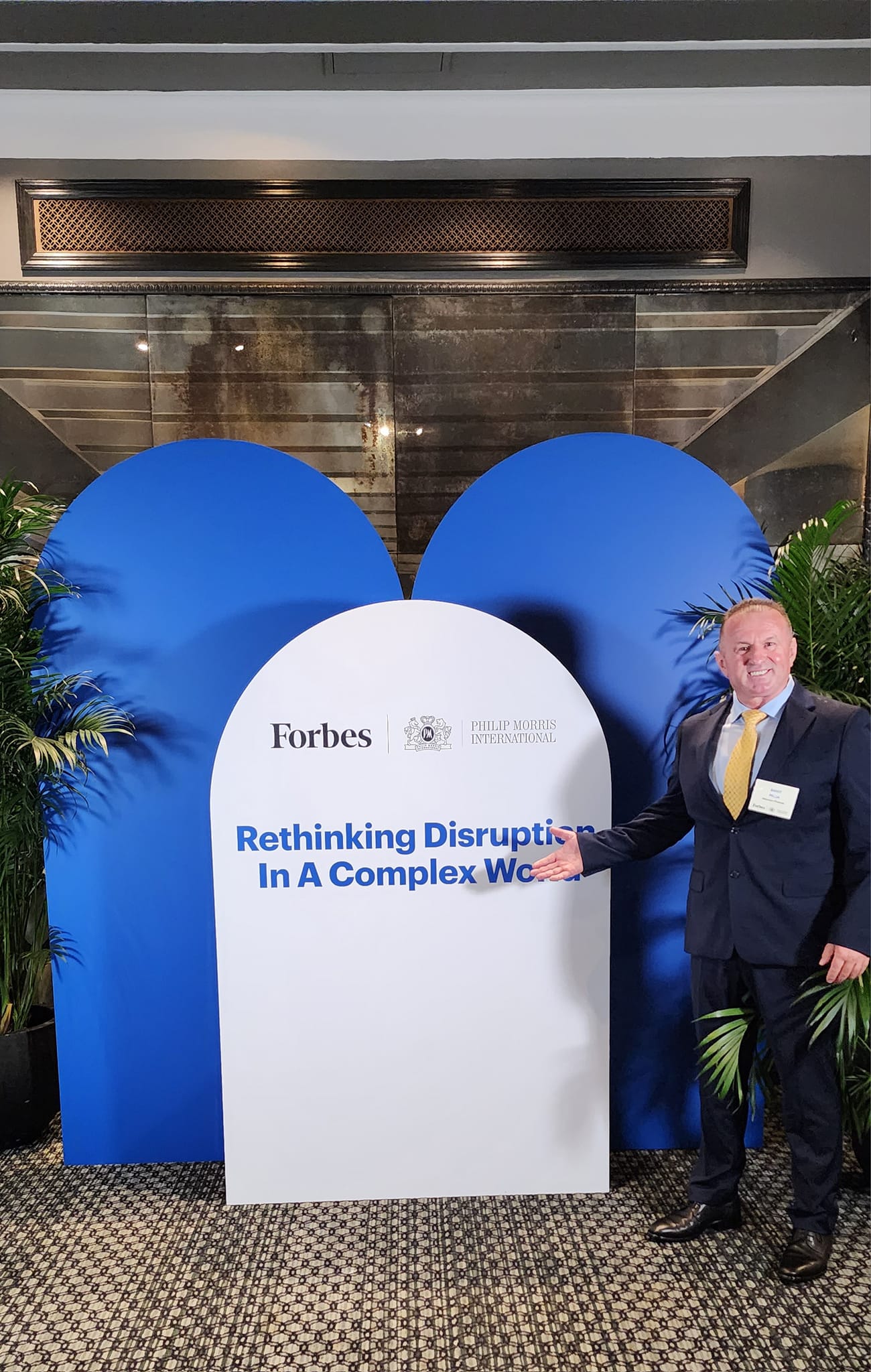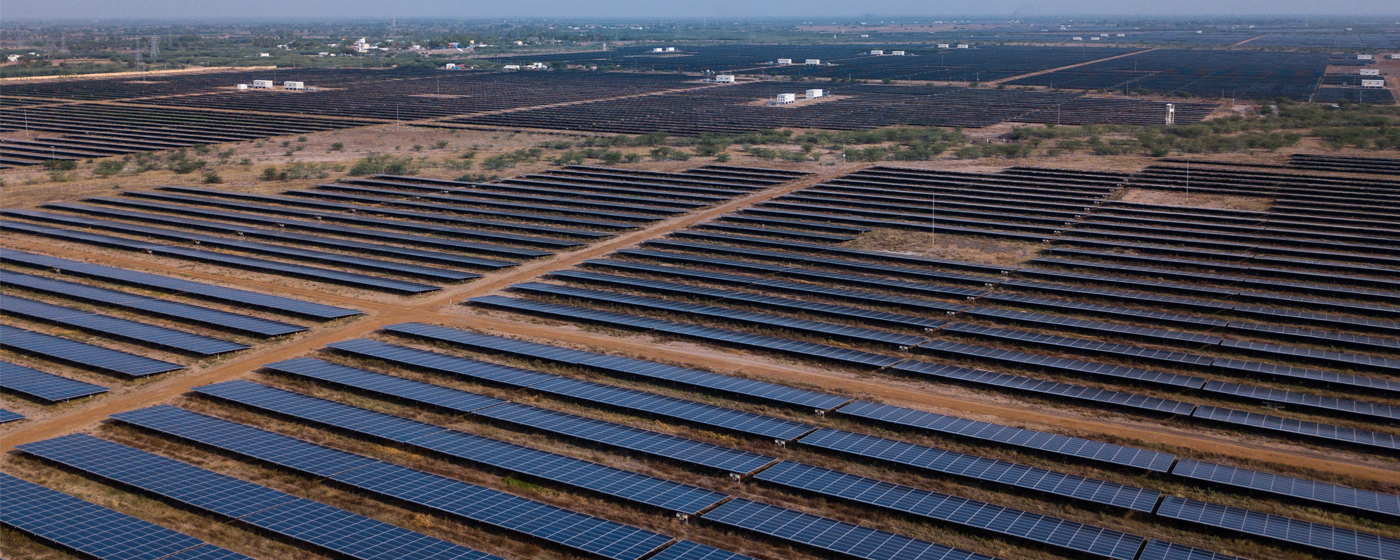According to the World Economic Forum, about 68% of people expected to live in cities by 2050, urban areas will be at the heart of the electric vehicle (EV) transition, which is well underway. The adoption of EVs has skyrocketed in the past five years, growing from around 3.1 million EVs globally in 2017 to over 20 million in 2022. Of course, it is crucial that public, shared and active modes of transport are also prioritised – not only to decarbonize, but also to tackle congestion, air pollution, safety, and more – but EVs will be important for cities in cutting emissions and delivering cleaner air for residents.
the nickel content in battery cells is only increasing, according to Mark Beveridge at Benchmark Mineral Intelligence. That’s because more nickel means energy density. ″We’re heading towards, you know, 90 percent of the cathode being nickel for certain specific cell types,” Beveridge said.
According to the Nickel Institute ; Two of the most commonly-used types of batteries, Nickel Cobalt Aluminium (NCA) and Nickel Manganese Cobalt (NMC) use 80% and 33% nickel respectively; newer formulations of NMC are also approaching 80% nickel. Most Li-ion batteries now rely on nickel. Although electric vehicles (EVs) currently account for a relatively small proportion of global automobile stock, their market share is increasing and is forecast to continue to grow rapidly in the coming years. Some predictions suggest they will make up more than 10% of vehicles by 2025, most of which will be powered by nickel-containing Li-ion batteries. Using nickel in car batteries offers greater energy density and storage at lower cost, delivering a longer range for vehicles, currently one of the restraints to EV uptake.
Nickel is the gold of the future : Tesla has been working on a high nickel cathode battery that has zero cobalt content. By using nickel Tesla can get a 15 per cent reduction in the cost of its battery cathodes on a US dollar per kilowatt hour basis.
Tesla CEO Elon Musk says, “Tesla doesn’t have enough cells to put new products like Semi truck into production. Tesla battery needs 50 kg of nickel, to power 2 billion cars with new batteries 100 million tons of nickel is needed”.
Mr: Musk said “The main reason we have not accelerated new products like the Tesla Semi is that we simply don’t have enough cells built. We could easily go into the production of the Semi, but we don’t have enough cells for it right now.”
“There is enough lithium in the US to convert the entire US fleet to electric, all the 300 million cars in the US, using only lithium discovered in the US,” said Musk.
Musk said that “Tesla will reach production of 20 million vehicles per year before 2030”.
The global electric automobile market share is increasing and is forecast to continue to grow rapidly in the coming years. Some predictions suggest they will make up more than 90% of vehicles by 2050, most of which will be powered by nickel-containing Li-ion batteries and magnesium batteries.
Using nickel in car batteries offers greater energy density and storage at lower cost, delivering a longer range for vehicles, currently one of the restraints to EV uptake.
Batteries for storage: New nickel-containing battery technology is also playing a role in energy storage systems linked to renewable energy sources. Wind turbines or solar panels generate electricity when the wind or sun is available; modern battery technology allows this energy to be stored for use as and when required.
Albanian Minerals CEO Sahit Muja said, “The world’s epic shift into green electric transportation has spurred an outstanding surge in demand for battery metals including nickel, lithium, cobalt, manganese, magnesium and other elements all essential for producing electric vehicles and batteries, harnessing solar power and wind energy. Minerals provide the building blocks for many modern technologies and are essential to global economic prosperity ”.
“Albanian Minerals and partners is applying, adapting and developing new technologies addressing mining industry requirements to deliver on the global climate ambition.The work include to accelerate the innovation in the mining sector aim to develop new and more sustainable and intelligent extraction of mineral resources through the deployment of technologies such as electrification of ground and underground mobility, remote controlling, automation or autonomous processes with a particular focus on green mining” Sahit Muja said.
Sahit Muja said ; “Albanian Minerals has forges new strategy to secure EV supply chain minerals, positioning itself to become key suppliers of green nickel, cobalt and magnesium, and it’s now turning its focus and investment’s to battery ingredient minerals including lithium, aluminum and graphite. The global conversion to EV, renewable green energy are central to the world’s clean energy future. The demand for essential minerals are changing as a new range of commodities are sought. Miners need to plan strategically for the new green future”.
Mr: Muja said that; “The new green transition presents a significant opportunity for Albanian Minerals as we have significant reserves of essential minerals including world’s largest reserve of magnesium and substantial reserves of cobalt and nickel in are portfolio”.
New nickel-containing battery technology is also playing a role in energy storage systems linked to renewable energy sources. Wind turbines or solar panels generate electricity when the wind or sun is available; modern battery technology allows this energy to be stored for use as and when required.
There are about 3,000 nickel-containing alloys in everyday use, including 300,000 products for consumer, industrial, military, transport, aerospace, marine and architectural applications.
The nickel metal is tough, corrosion resistant, hygienic and 100% recyclable. It is essential to building and infrastructure, chemical production, communications, energy supply, environmental protection and food preparation.
Nickel is combined with other metals to produce alloys with a combination of properties that provide both ductility and strength at high temperatures.
Discover more from Green Innovation News
Subscribe to get the latest posts sent to your email.





